Despite Nintendo seemingly undercutting the Game Boy Advance’s (GBA) success with the release of the Nintendo DS a few years later, the Game Boy Advance had a great run. It also helped that the DS was backward compatible with the GBA, which gave new life to the GBA’s catalog of fantastic titles. In effect, it made the Nintendo DS one of the best video game consoles, handheld or otherwise, of all time in terms of sheer quantity and quality of entries in its library.
Unlike its predecessors, the Game Boy / Game Boy Color, the GBA featured titles from a variety of genres, rather than just watered-down adaptations of home console hits. There are several games that are still available on the platform and have yet to be remade or remastered for modern platforms. That is why the Game Boy Advance emulators are so often sought since the best games on the system have yet to be made available on modern platforms.
A lot of these games are licensed games, or from developers that are now disbanded, or publishers that got dissolved or merged, so there is a fat chance that they will never make it out of the system.
Below are the top 10 best Game Boy Advance Emulators,
1. mGBA
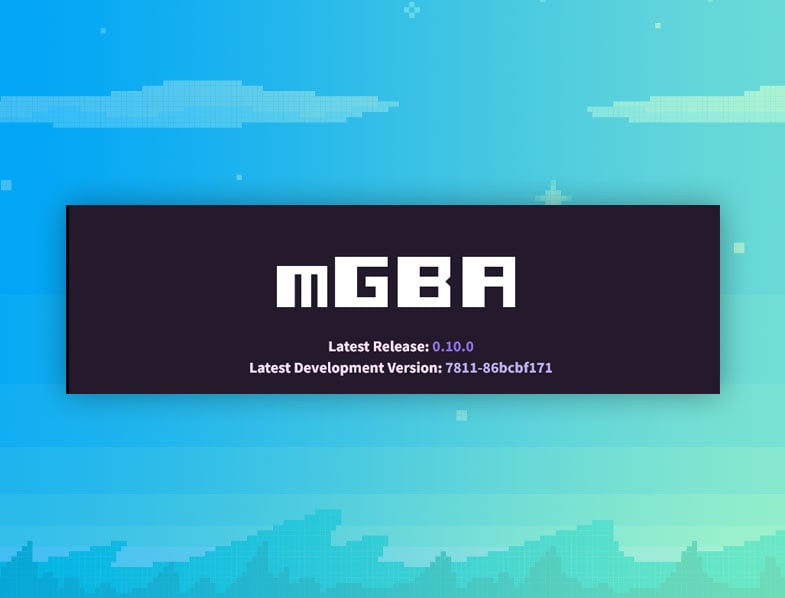
mGBA has beaten unquestionably any emulator out there in terms of accuracy. Even if this emulator is clearly the top dog in Game Boy Advance emulation, it still receives updates. Hence, it can continually be the best emulator out there at the time of this writing and into the future.
Aside from the fact that this emulator can be run on a bevy of hardware, it also has extensive hardware-based emulation, as this is useful in Game Boy Advance games with exotic features like the solar sensor for the Boktai games, the tilt sensor for games like WarioWare: Twisted! and Yoshi Topsy-Turvy, the Rumble Pak feature in games like Drill Dozer, the Gates for Rockman.EXE games, and the Real-time clock in a number of game franchises including Pokemon.
mGBA also supports the NES Classic series, multiplayer through link cable, and basic features like save states, cheat code support albeit limited, and fast-forwarding and rewinding.
mGBA also appears as a core in Retroarch so its sole con is effectively considered a non-issue.
Pros
- Accurate
- Does not require a BIOS
- Available in a surprisingly broad range of gaming hardware including previous generation home consoles like the Wii, and handhelds like the Nintendo 3DS and PlayStation Vita
Cons
- No standalone app for Android
Download from the Official Website (All Platforms)
2. VisualBoyAdvance-M
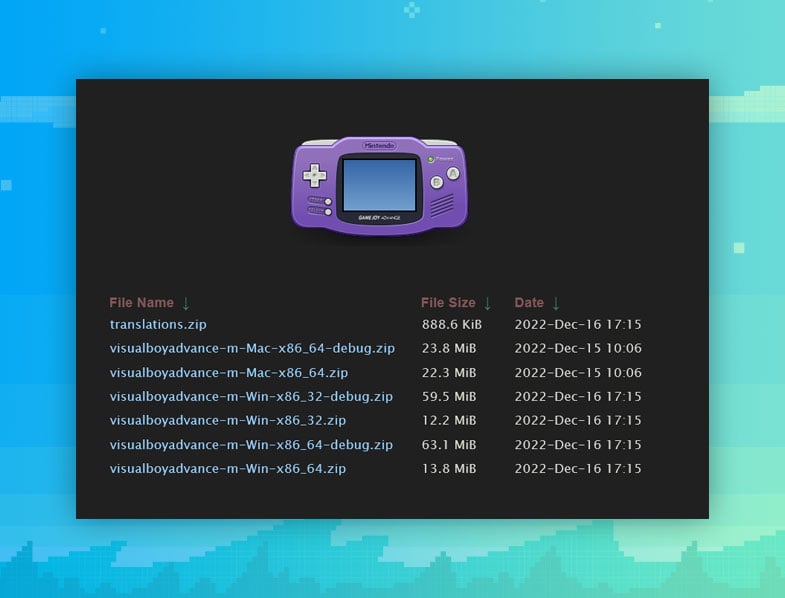
VisualBoyAdvance-M has its origins as VisualBoyAdvance way back in 2004. Its first iteration was actually a good emulator. VisualBoyAdvance-M is originally a multiplayer fork of the original and now is maintained as the main version, even a replacement, emulator. Everything VisualBoyAdvance-M does, mGBA plainly does better, except for Game Boy / Game Boy Color emulation due to the latter’s inaccuracy in sound emulation in a few instances. It also has Wireless Adapter emulation working, somewhat.
It does have the usual features like Joylink emulation between GameCube and Game Boy Advance. It also has e-Reader emulation, which just like other emulators, is not perfect. It does not have gyroscopic sensor emulation though. Truthfully, mGBA is just better in every way.
Pros
- Wireless Adapter emulation
Cons
- mGBA is just better
Download from the Official Website (All Platforms)
3. Pizza Boy GBA
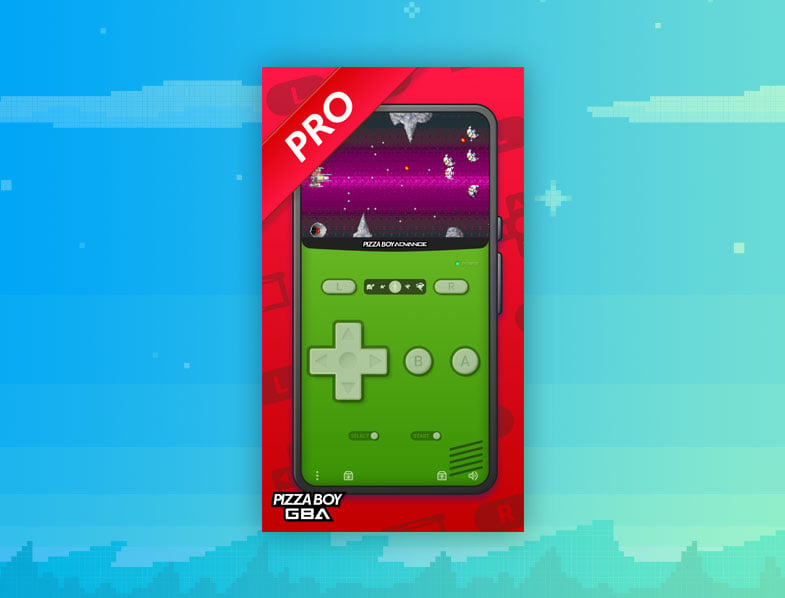
Pizza Boy GBA is a good standalone Game Boy Advance emulator for Android devices. Retroarch may offer a lot (although most of these are not critical nor essential, at least for Game Boy Advance emulation) while being free, but for those who want a standalone emulator instead of a front end, this one is the best option. There is a free version for the frugal and a paid option for those who want more than the basic.
Pizza Boy Pro offers a lot that Retroarch does not. This emulator has a speed bar and rewind bar on the interface itself. This allows players to speed up games or rewind them through a single tap. This is significantly easier to do in Pizza Boy GBA than in other emulators on the platform. The same quick load / quick save button is better implemented than its competitors.
If you want customization with your emulator, Pizza Boy Pro allows for skins.
Pros
- Has a no-ads basic version
- Gets updated often
Cons
- Not as accurate as mGBA
- Pro version is not as robust feature-wise compared to free emulators
Download from Google Play (Pro)
Download from Google Play (Basic)
4. Retroarch

Retroarch is not an emulator in the traditional sense. It serves as a front-end program for running emulators. It runs emulated games on “cores” of emulator programs. The advantage of using frontend apps over standalone emulators like mGBA, Pizza Boy GBA, or VirtualBoyAdvance-M, is the ease with which you may switch between emulated platforms.
Also, if you want the bleeding edge in emulation, the cores in Retroarch do not immediately receive the latest and greatest update from the emulator source of the core. Retroarch will even stop receiving updates from the emulators which is what happened with the best PlayStation One emulator Duckstation due to fighting among or between the developers. The same thing will happen if the developer suddenly makes the emulator a closed source. Truthfully, this does not really affect the Game Boy Advance emulation scene since the original hardware is decades old already. Whatever the current state of the Retroarch cores is more than enough today and even in the foreseeable future.
Retroarch’s options and configurations shine. Whether you play on a small screen like a smartphone or a large screen like a TV, the UI may be customized to fit the size of the screen. It may be exhausting to search for those settings, but they exist.
Another positive part of Retroarch is the accomplishments obtained through Retroachievements. Given that in the year 2022, there is still no universal achievement or trophy system in Nintendo platforms yet, playing emulated Game Boy Advance in Retroarch should quench this thirst, especially for those younger gamers whose first dab in gaming is in the seventh generation of consoles. mGBA has the most robust feature set in terms of Retroachievements.
Retroarch’s best feature is how it decreases input lag. This is especially vital in platformers and fighters which is significant in the number of Game Boy Advance libraries. Depending on the game, you can fiddle with the VSync, Hard GPU sync, and Runahead options.
To acquire what you want, you must read and experiment with these settings. Setting things up requires effort, but the granular setup is available for the daring. Just like GameBoy / Game Boy Color, Game Boy Advance is a system that is not that difficult to emulate. Any of mGBA, VisualBoyAdvance-M, or any other GBA emulator cores should be great on Retroarch. These three emulators are on par in terms of accuracy and feature set for casual gaming. However, if you are sensitive to inaccurate emulation or in need of specific features or playing on particular hardware, then the standalone emulators are the ones to install.
Pros
- Highly configurable
- Miraculous input lag reduction
- Available in a surprisingly broad range of gaming hardware including the PSP and the 3DS
Cons
- Not beginner friendly
- Menu digging
Download from the Official Website
5. GBA.emu
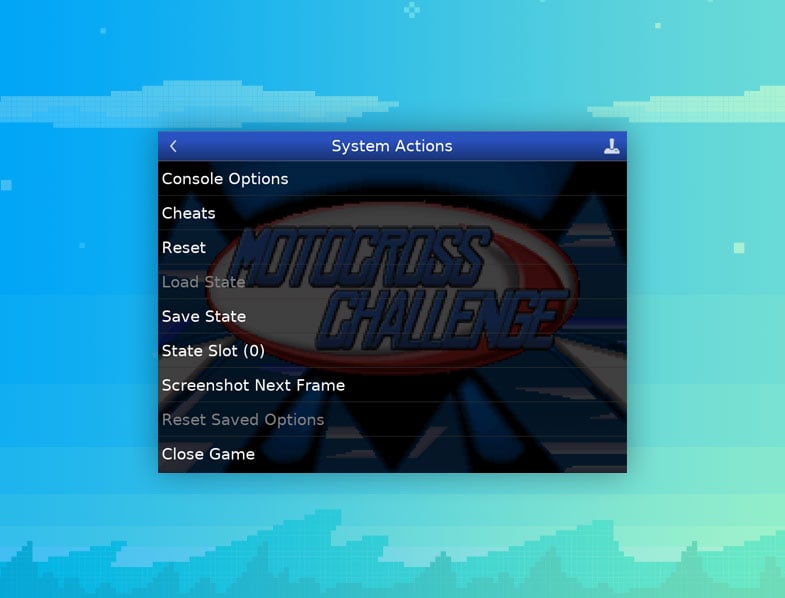
GBC.emu is a paid Android Game Boy / Game Boy Color emulator. It is VisualBoyAdvance-M-based so it is decent and updated. Features include multiple color palettes for Game Boy games, cheat support, configurable controls on-screen, or hardware like Xbox and PS4 controllers.
Pros
- VisualBoyAdvance-M based
- Does not require BIOS to run
Cons
- Paid app, and expensive for what it is
6. My Boy!
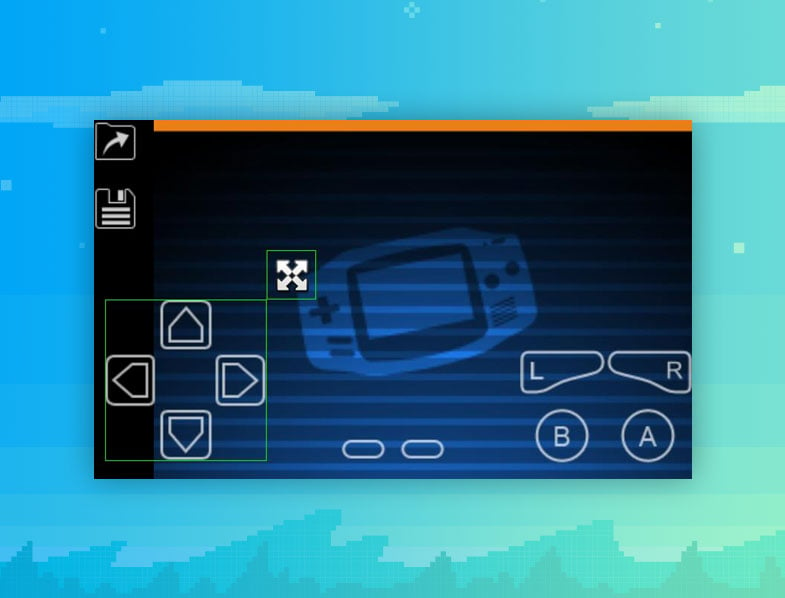
My Boy! was, for a point in time, one of the better emulators on Android. However, it looks like the developers abandoned this emulator, so whenever new devices or new versions of Android come out, there is no guarantee that it will work and/or an update will be done to make it run.
Feature-wise My Boy! has all the basics and the advanced. This is the only GBA emulator with gyro support. Other features include link cable emulation either on the same device or across devices over Bluetooth or Wi-Fi, cheat support, video filters, layout editor, as well as controller support.
Pros
- Can run on low-end or older Android devices
Cons
- Not in active development
Download from Google Play (Paid)
Download from Google Play (Free)
7. gpSP
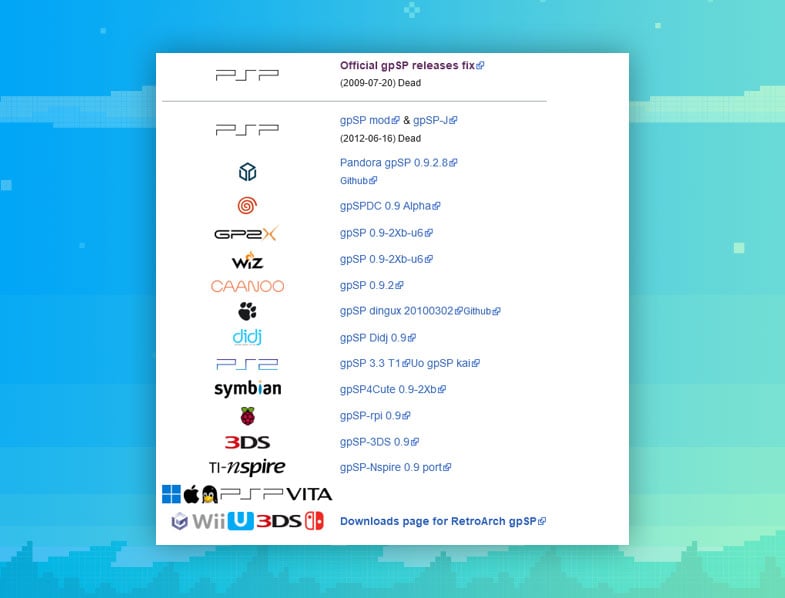
gpSP is a Game Boy Advance emulator for the PlayStation Portable, as obviously expressed in its naming scheme, but also runs on the 3DS, Dreamcast, and PlayStation 2. The main branch is effectively dead but its core for the Retroarch is still actively being developed.
There is a good number of popular games that do not work with this emulator including one of the best RPGs for the GameBoy Advance, Dragon Ball Z Legacy of Goku 2, Golden Sun: The Lost Age, and Kingdom Hearts: Chain of Memories. So, if you are planning to play the aforementioned games, just use the other emulators on this list. Or if you insist, use its core on Retroarch.
Pros
- Runs on a broad range of hardware including the PlayStation2
Cons
- Dead
Download from the Official Website
8. VGBAnext
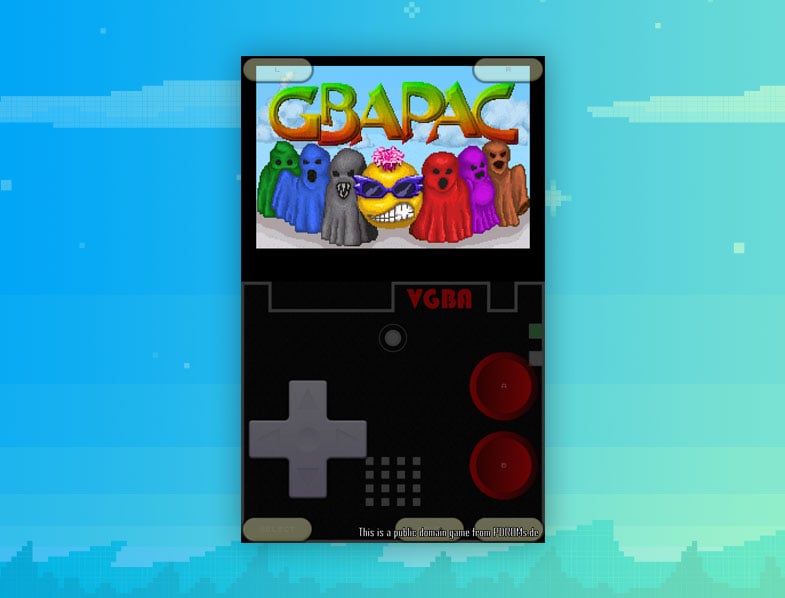
VGBAnext is a multi-game emulator for the Android ecosystem. It can run Game Boy Advance, Game Boy / Game Boy Color, Nintendo Entertainment System, Famicom, DiskSystem, and VS System gaming consoles. This is one of the early emulators on Android, it even supports Xperia Play controls.
Features of this emulator include support for full-screen landscape and portrait modes, customization options like special effects and skin, support for a number of gamepads including Moga and iCade gamepads, and PlayStation’s Sixaxis. Rewind and save states are expected, and of course, they exist here.
It also gets updated every so often.
Pros
- Decent feature set
- Still gets updated
Cons
- Paid app
9. Virtual Console
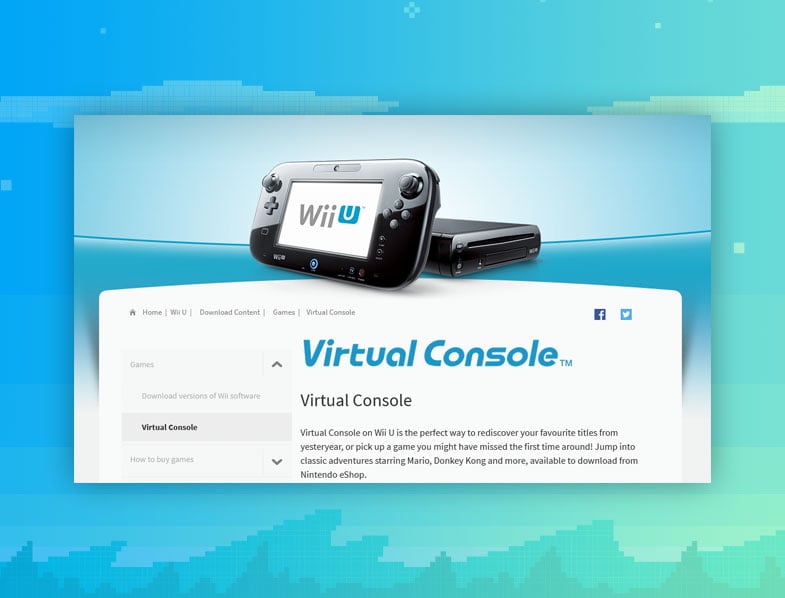
The Virtual Console is Nintendo’s solution for supporting retro games on their hardware. It allows gamers to purchase and emulate games of older Nintendo hardware to their current hardware. The Virtual Console emulator is extremely basic in comparison to unofficial emulators, however, the 3DS version has to save states and screenshot features.
The Wii U version has both, as well as controller customization, off-TV play, pixel smoothing, and scaling changes. But not all of this is available specifically for emulated Game Boy Advance games.
Europe/Australia, and South Korea have different games and update them on different timetables. North America occasionally receives games that were previously exclusive to Japan, whereas Europe/Australia receives games that were previously exclusive to the prior two areas.
These imported games are slightly more expensive than usual and are usually pure ports with no translation. Titles based on externally-licensed properties, such as the Teenage Mutant Ninja Turtles games, can be priced higher than usual.
Although purchased games can be redownloaded, Virtual Console games cannot be retired from the shop.
Another issue unique to Game Boy Advance is that some GameBoy Advance games from the 3DS Virtual Console were only available to Ambassadors, or purchasers of the Nintendo 3DS prior to the announcement of a price drop by Nintendo.
Also, fair warning, the 3DS, and WiiU digital stores are closing on March 27, 2023 bringing down the ability to purchase the Virtual Console games with it.
Pros
- Officially supported on Nintendo hardware
- Free of accuracy issues
Cons
- Barebones
- Prohibitively expensive to buy the virtual console offerings
- A good number of Game Boy Advance games are not available anymore due to the limited offering for the Ambassador program
10. Lemuroid
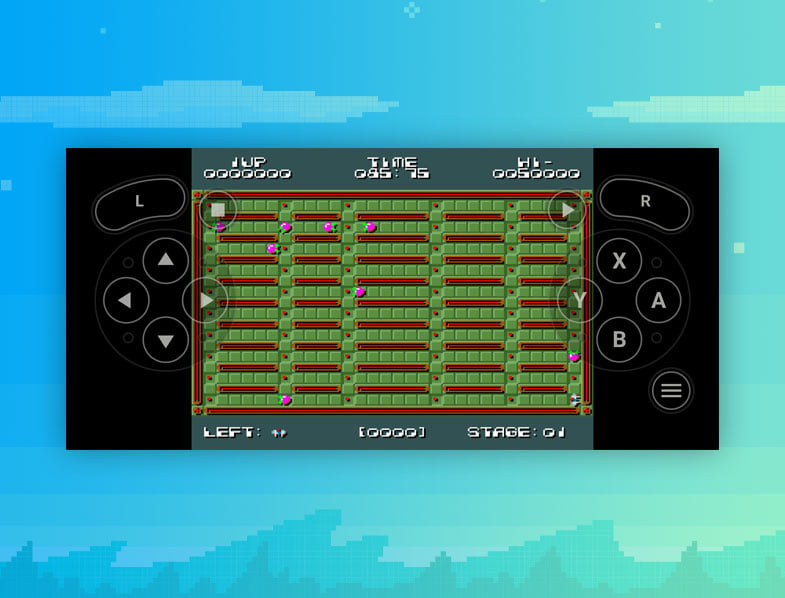
Lemuroid is like Retroarch but much lighter. It is based on the libretro cores that Retroarch also uses. Lemuroid is a frontend just like Retroarch that offers several emulators in one package. However, the core offering is fewer than Retroarch’s. The good thing about Lemuroid is its simplicity as it is way easier to use compared with Retroarch.
Pros
- Beginner-friendly
Cons
- Anemic feature set
- Android only



